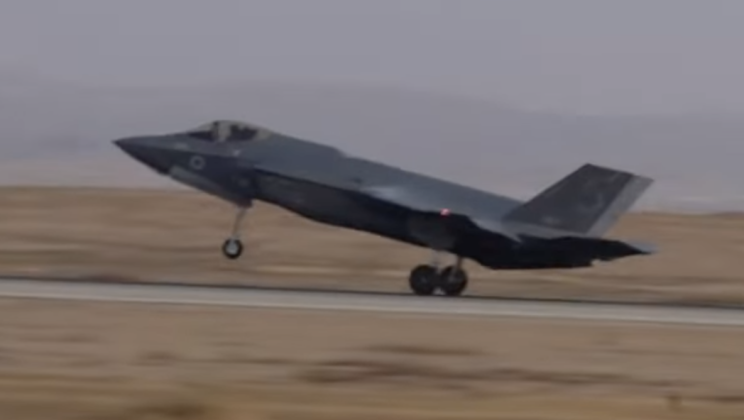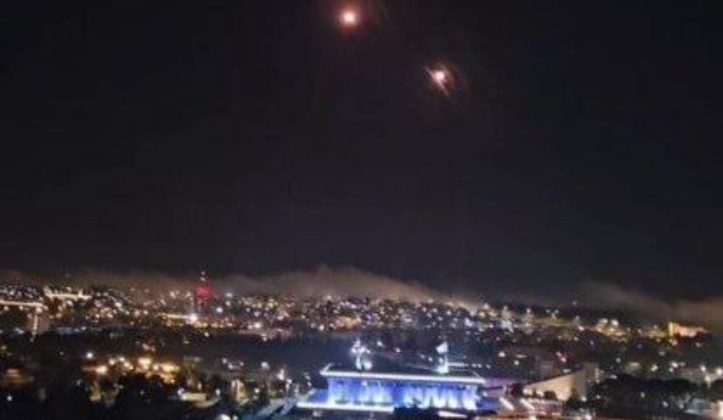As part of broader air defence efforts against Iranian missile and drone strikes on April 13, the Israeli Defence Forces extensively deployed fighter aircraft alongside ground based air defence assets to intercept incoming targets. The attack, launched under Operation True Promise by the Iranian Revolutionary Guard Corps, involved over 100 single use ‘kamikaze’ drones and several dozen cruise missiles, was initiated in response to an Israeli air strike on an Iranian diplomatic building in Syria on April 1, which killed a brigadier general in the elite Quds Force of the country’s Revolutionary Guard Corps Mohammad Reza Zahedi, and ten other Iranians including several long serving diplomats and General Zahedi’s deputy General Haji Rahimi. Iranian sources claimed the strikes were successful in causing significant damage to Israeli military facilities, while Israeli and Western sources claim almost no damage was caused.

In the aftermath of the Iranian strikes the Israeli Defence Forces released footage showing the pride of the country’s air force, F-35 fifth generation fighters, returning from a mission to intercept enemy targets. The aircraft were also deployed to strike military installations in southern Lebanon belonging to the Iranian-aligned paramilitary group Hezbollah. F-35s are capable of neutralising not only drones, but also cruise missiles, with footage released on November 2 showing an interception of such a missile fired by Yemeni Ansurullah Coalition forces against Israeli targets. Although fielding just two F-35 squadrons, the Israeli Air Force is the only service in the world to have used the stealth fighters for operations other than basic bombing of undefended ground targets, and the only one to have used them for air to air operations. Another operation in 2021 saw one of the stealth jets used to shoot down transport drone allegedly of Iranian origin transporting supplies to the Gaza Strip.

The F-35 is expected to play a growing role in missile defence efforts, serving as airborne sensors to cue ground based air defences and eventually integrating anti ballistic missiles allowing them to engage a much wider range of targets. With the F-35 still suffering close to 800 performance defects, issues have been widely reported and often forced units to be grounded – which occurred in Israel’s case in December 2022. Many of its capabilities needed for higher intensity combat, such as long range air to air combat, also remain in need of refinement, with the aircraft seen using only visual range AIM-9 missiles for their engagements. Although the F-35 suffers among the very lowest availability rates in the U.S. Air Force, despite being the country’s newest airframes with very little wear and tear, the Israeli F-35 fleet has nevertheless maintained unusually high combat readiness rates. A key facilitator of this has been the prioritisation of spare parts globally from across the multi-national fighter program for the country’s needs since the outbreak of open hostilities between it and Palestinian militia groups in October 2023.
The Israeli Defence Ministry in early July that year confirmed plans to expand its F-35 fleet with an order planned for 25 airframes under a $3 billion contract. The country’s defence budget is expected to be seriously further strained, however, not only due to the economic contraction caused from six months of war, but also to the recent Iranian strike. Just hours of intensive air defence efforts have cost $1.33 billion, according to Israeli sources, while a comparable amount was spent by the United States which extensively supported Israel’s defences. Thus the cost of defending against the strikes was not only far greater than that required by Iran to launch them, but also approached the full cost of the new F-35 contract.
